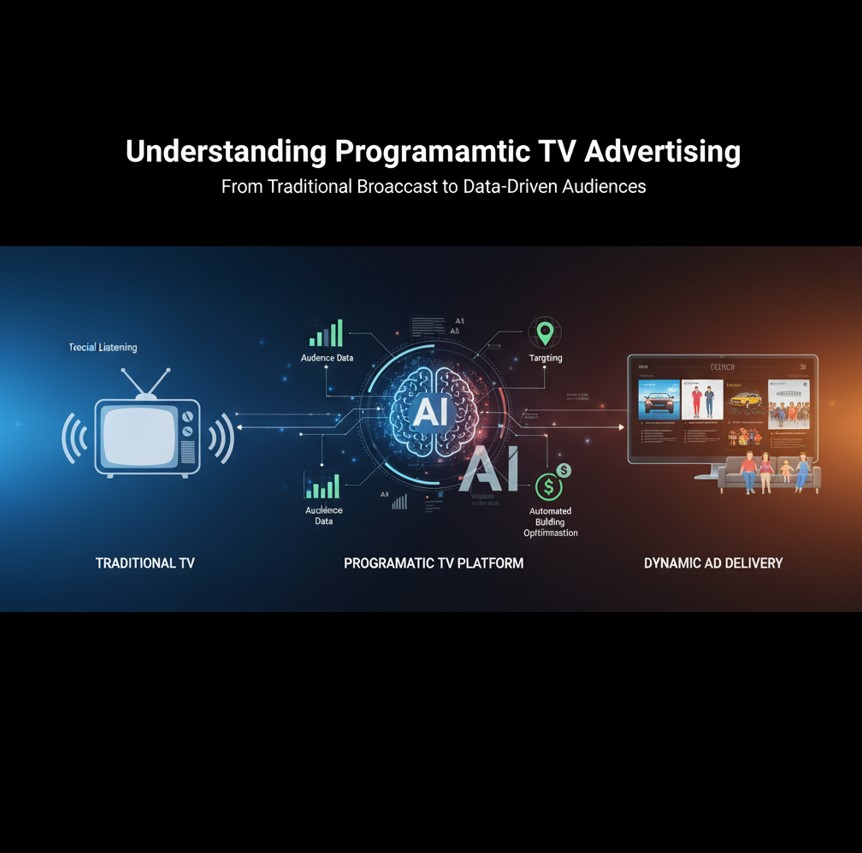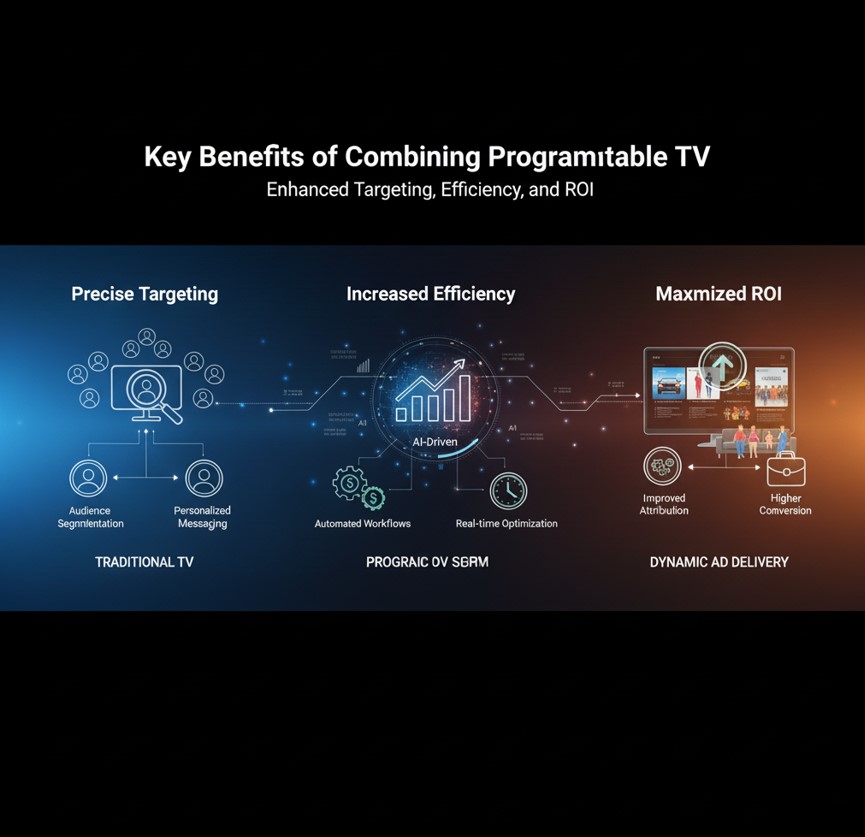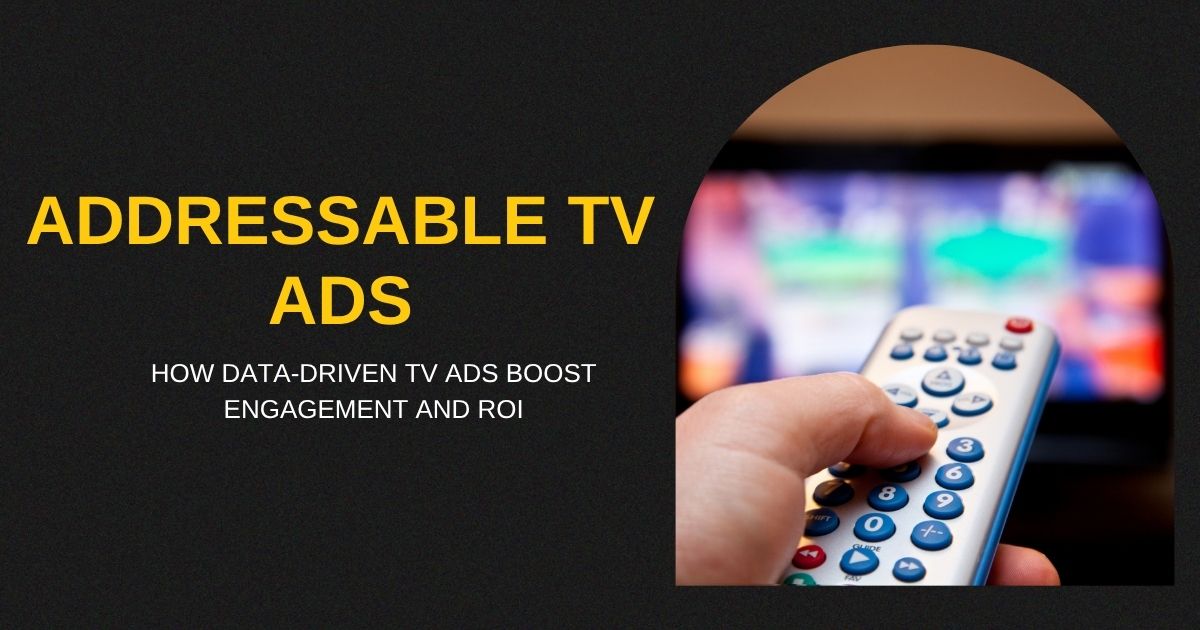In an era where digital channels dominate headlines, television advertising has undergone a profound transformation. Programmatic and addressable TV methods leverage data, automation, and precision targeting to deliver bespoke messages to defined audiences. This comprehensive guide dives deep into these next-generation TV strategies and shows you exactly how to implement them, measure success, and boost return on investment (ROI).
1. Understanding Programmatic TV Advertising
Programmatic TV advertising automates the buying and selling of TV ad slots using data signals and real-time bidding (RTB). Unlike traditional upfront deals, programmatic allows marketers to purchase inventory on a per-impression basis, optimizing spend against viewer profiles, time slots, and content genres.

- Real-Time Bidding: Ad impressions are auctioned in milliseconds, ensuring you only pay market rates based on demand.
- Audience Data Integration: Leverage second- and third-party data to reach viewers by demographics, interests, behaviors, and even purchase intent.
- Cross-Platform Reach: Extend beyond linear TV to include connected TVs (CTV), over-the-top (OTT) streaming, and other digital video platforms.
2. Exploring Addressable TV Advertising
Addressable TV advertising segments a single broadcast into multiple streams, each showing a different ad based on the household profile. Carriers and set-top box providers match anonymized consumer data—such as age, income, and purchase history—to deliver personalized commercials.
- Household-Level Targeting: Ads are dynamically swapped in the stream, so household A sees Ad X while household B sees Ad Y, all in one commercial break.
- Reduced Waste: By focusing spend on relevant homes, you minimize impressions that won’t convert.
- Enhanced Measurement: Track granular metrics such as incremental reach, frequency, and even offline lift against a control group.
3. Key Benefits of Combining Programmatic and Addressable TV
Pairing programmatic automation with addressable precision unlocks a potent mix of efficiency, personalization, and accountability. Here’s why top advertisers are adopting both together:

- Data-Driven Audience Reach: Use programmatic data segments to inform addressable channels, ensuring your most valuable prospects get the right message at the right time.
- Scalable Personalization: Automated workflow scales your creative variants across thousands of households without manual insertion or complex playout schedules.
- Cost Efficiency: Automated bidding and audience filtering reduce wasted impressions and optimize your CPMs in real time.
- Cross-Device Attribution: Seamlessly tie TV exposure to website visits, app downloads, and in-store sales using deterministic and probabilistic matching.
- Agile Optimization: Continuously test creative, pacing, and audience segments. Programmatic dashboards and addressable insights feed into each other for rapid iteration.
4. Step-by-Step Implementation Guide
Launching a programmatic plus addressable TV campaign requires coordination across data providers, ad platforms, creative teams, and measurement vendors. Follow these steps for a seamless rollout:
4.1 Define Objectives and KPIs
- Set clear goals: brand awareness lift, website visits, lead generation, or in-store sales.
- Determine success metrics: reach, frequency, cost per point (CPP), cost per acquisition (CPA), and return on ad spend (ROAS).
4.2 Build or Acquire Audience Data Segments
- Use CRM data, loyalty-program records, or third-party data partners to define segments (e.g., “recent auto intenders,” “young families in urban neighborhoods,” “DIY enthusiasts”).
- Ensure data is privacy-compliant and de-identified for addressable activation.
4.3 Select Technology Partners
- Demand-Side Platforms (DSPs): Choose one with TV and digital video capabilities.
- Data Management Platforms (DMPs): Centralize and activate your audience segments.
- Addressable TV Providers: Work with cable operators, satellite carriers, or SaaS vendors offering dynamic ad insertion.
4.4 Develop Dynamic Creative
- Script variants tuned to each segment’s motivations, pain points, and calls to action.
- Leverage dynamic text, logos, or background visuals when possible to increase relevance.
4.5 Launch, Monitor, and Optimize
Activate your campaign, then use real-time dashboards to track bidding performance, impression delivery, and audience engagement. Adjust bids, creative priorities, and segment weights weekly to ensure you stay on target.
5. Measuring and Improving ROI
True ROI measurement extends beyond ad impressions. Integrate TV exposure data with digital analytics and offline sales figures using a unified attribution model.
5.1 Multi-Touch Attribution
Combine deterministic match (logged-in streaming users) with probabilistic methods (device IDs, IP clustering) to attribute conversions to TV exposure alongside search and social channels.
5.2 Incrementality Testing
Run A/B or geo-split tests: hold out a control group that doesn’t see your ads, then compare lift in brand metrics, web traffic, and sales against the exposed group.
5.3 Cost & Revenue Analysis
- Total Ad Spend: All programmatic and addressable insertion fees.
- Attributable Revenue: Track new customers, up-sells, or repeat purchases linked to the campaign.
- ROI Calculation: (Attributable Revenue – Total Ad Spend) / Total Ad Spend × 100%.
6. Case Study: Retail Brand Success
A national home furnishings retailer implemented a combined programmatic and addressable TV strategy ahead of its seasonal sale. Key results included:
- 35% reduction in CPM through real-time bid optimization.
- 40% increase in website sessions from ad-exposed households.
- 25% uplift in same-store sales in targeted DMAs versus control markets.
- A 4:1 ROAS, compared to 2:1 for their previous linear TV campaign.
7. Future Trends in Data-Driven TV Advertising
The TV landscape continues to evolve with emerging technologies and shifting viewer habits. Keep an eye on these developments:

- 5G-Enabled Streaming: Ultra-low latency delivery for interactive ad experiences on mobile and connected screens.
- Advanced Attribution Models: AI-driven predictive analytics that forecast incremental revenue before campaign end.
- Shoppable TV Ads: Viewers can click or scan a QR code on screen to purchase directly from their remote or smartphone.
- Privacy-First Targeting: New frameworks that balance personalization with consumer consent in a cookieless ecosystem.
8. Conclusion
Integrating programmatic and addressable TV advertising empowers marketers to achieve unprecedented levels of targeting, efficiency, and measurement. By following the steps outlined in this guide—defining clear KPIs, leveraging data segments, selecting the right platforms, and continuously optimizing—you can transform your television campaigns into high-ROI drivers for your brand. The future of TV advertising is data-driven and personalized. The time to embrace it is now.
Ready to unlock the full potential of programmatic and addressable TV advertising? Reach out to our experts to start planning your most effective TV campaign yet.





